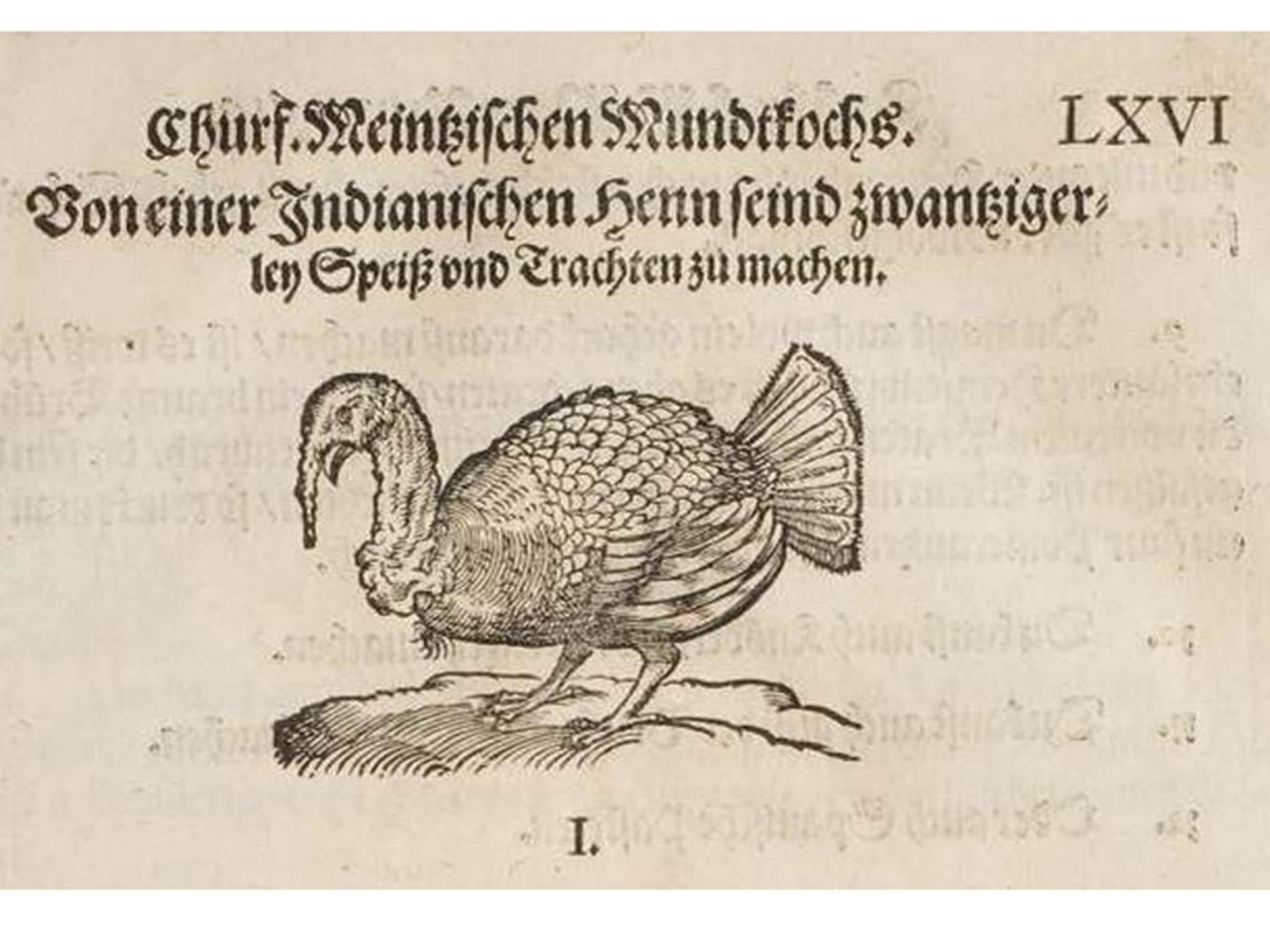The history of Christmas turkeys
It's hard to imagine Christmas dinner without them, but how did this north American bird become a mainstay of festive food?

Your support helps us to tell the story
From reproductive rights to climate change to Big Tech, The Independent is on the ground when the story is developing. Whether it's investigating the financials of Elon Musk's pro-Trump PAC or producing our latest documentary, 'The A Word', which shines a light on the American women fighting for reproductive rights, we know how important it is to parse out the facts from the messaging.
At such a critical moment in US history, we need reporters on the ground. Your donation allows us to keep sending journalists to speak to both sides of the story.
The Independent is trusted by Americans across the entire political spectrum. And unlike many other quality news outlets, we choose not to lock Americans out of our reporting and analysis with paywalls. We believe quality journalism should be available to everyone, paid for by those who can afford it.
Your support makes all the difference.I was talking with my sister about how to cook turkeys. “I have always believed turkeys should be sautéed in a small frying pan”, she opined. Whimsy aside, the best way to guard against the turkey’s proverbial dryness is to brine it.
This year, of course, our access to flavourful free-range turkeys is under assault. The Department of Environment, Food and Rural Affairs advises that all fowl be kept indoors so they don’t catch avian flu. Turkey farmers rushed to reassure the public that there was no need to cancel Christmas – but since when did the British Christmas require a turkey in the first place?
In 1773 the genial curate and gourmande James Woodforde described the Christmas dinner he ordered at New College, Oxford: “Two fine codds boiled with fryed souls [soles] around them and oyster sauce, a fine sirloin of beef roasted, some peas soup and an orange pudding for the first course, for the second we had a lease of wild ducks roasted, a fork of lamb and salad and mince pies”.
Tasty, and turkey-free. Roast turkey did not become an expected feature of (as Mrs Beeton put it) “a Christmas dinner with the middle classes” until the 19th century. In her 1861 Book of Household Management she described flocks of several hundred turkeys being herded from Suffolk to the London market. She listed dozens of recipes, from roasts to fricassées.
Turkeys originated in North America, where the wild birds thrived from Canada to Mexico. The Aztec emperor Moctezuma probably ate them in a stew.
The Spanish introduced turkeys to Europe, where they spread rapidly, making it as far as Germany before the 16th century was out; a 1581 cookbook published in Frankfurt lists over 20 recipes for “Indian chicken”. Because they were so grand and festive, turkeys quickly found a place at banquets and holiday meals, including Christmas. A 16th century English poem describes a Christmas spread containing “Beefe, mutton, and porke, shred pies of the best, pig, veal, goose and capon, and turkey well drest”, along with cheese, apples, nuts and “good drink”.

The demand for turkeys was such that great herds were driven from Languedoc over the Pyrenees to markets in Spain. That must have been a sight to see. Merchants in Bordeaux were shipping turkeys – stuffed with truffles – to Dublin. When bad weather delayed the crossing in 1757, the anxious turkey-seller advised the captain to wipe the birds regularly with a damp napkin to keep putrefaction at bay.

The turkey’s attractive plumage beguiled painters. The Dutch artist Pieter Claesz painted a spectacular, feather-topped turkey pie in 1627. An equally jaunty bird appears in a 17th century map of New England.
How were all these turkeys prepared? Hannah Glasse’s bestselling 18th century cookery book described how “to roast a turkey in the genteel way”. This entailed removing all the bones and then stuffing the bird with sausage meat, after which it was sewn back up “that it may look just as it did before”. Glasse recommended serving this culinary tour-de-force with oyster or celery sauce.

Or you could eat your turkey in a pie like the one painted by Claesz. Glasse describes a luxurious Yorkshire Christmas pie that contains turkey, goose, chicken, partridge and pigeon, in a huge crust. She warns it will take four hours to bake.
Other British recipes explain how turkey can be roasted and served with chestnuts, parsnips and sausages, boiled and served with gravy, pickled like a sturgeon, chopped into patties, stuffed “in the Hamburgh way” or even, by the 19th century, recycled into a leftover turkey curry. But I’ve yet to find a cookbook, historic or modern, that recommends sautéeing in a small pan.
Rebecca Earle is a food historian at Warwick Univesity
Join our commenting forum
Join thought-provoking conversations, follow other Independent readers and see their replies
Comments